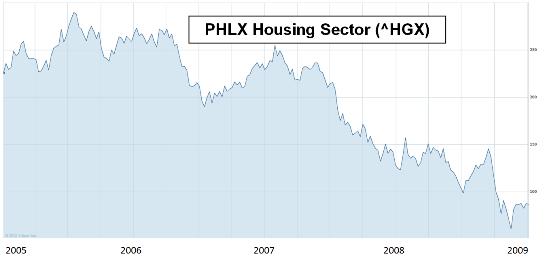Timing & trends
As Marketwatch reporter Barbara Kollmeyer points out, one interesting highlight from Soros’ filing is that he bought a bunch of puts on the SPDR S&P 500 ETF in Q2.
It’s his biggest holding in the filing.
During the second quarter ended June 30, Soros held 26,157 shares of SPDR S&P 500 and call options on 143,600 shares and put options on 7,802,400 shares in the ETF.”
….you can read more on the 13F filing HERE including what he held last quarter.
Ed Note: Keep in mind two things when analysing these figures. Soros also disclosed that he bought 66,800 Apple shares @ $499.23, further that 13F filings do not require the disclosure of short positions, fund managers only have to disclose their long positions.

For the past year, I’ve been carefully watching for signs of trouble…
The two biggest potential sources of trouble – the two big concerns I hear from investors – are:
| 1. | The U.S. economy is “running off the rails”… It’s about to enter a recession… or worse, a depression. |
| 2. | The U.S. economy is about to overheat, triggering major inflation… which will destroy the value of their savings. |
But folks who follow my research have been able to rest easy at night… They know what I’m about to show you today…
…..read & view charts HERE

I would guess that the most popular question I see circulating in the investor community of late is, “are the wheels about to come off of this market?” There are varying motivations behind the concern, from those anxious to protect a good year, to those who would like to catch up to that good year, and finally those doubting Thomases who have not yet been able to bring themselves to believe. Somewhere to the right of that group is Peter Schiff.
The answer largely depends on two things, the first being the time frame you mean by “about,” as in “about to come off.” The second depends not so much on your faith in capitalism, but on government institutions. That must sound like deep heresy indeed, yet I encourage you to read on, for you may find grist for your mill.
….read more HERE


It’s around 10:00 on a Friday night in early 2005. I’m shooting pool in a local bar with Hunter, a math professor at the local university who had just come into a big inheritance and was tossing it around like the found money that it was. He had recently paid cash for a house and taken his new girlfriend to Vietnam, and had (to get to the point of this post), after a few long talks with me, concluded that the housing bubble was about to burst and the banks and home builders were once-in-a-lifetime short candidates. He’d committed a fair chunk of change to put options on those companies in eager anticipation of their collapse.
But not only had the collapse not come but those stocks had risen, sending his options bets into freefall. On this night, he’d had enough. “Listen,” he said, “I can’t think about this anymore. Maybe it’ll happen, maybe it won’t but we’ve said everything there is to say, so let’s find something else to talk about.” We shifted focus to the game at hand, which also had money riding on it, and didn’t talk stocks for the rest of the night. Very discouraging. A friend had placed a big bet on my recommendation, had lost money and was pissed.
We didn’t know it at the time, but Hunter and I were experiencing something common among those who like to bet against bubbles: prediction fatigue, that (sometimes very long) stretch of purgatory that starts when you become certain that things are out of control and a crash is imminent – and runs until the crash actually takes place. Junk bonds, for instance, were clearly a bubble in 1988 but didn’t implode until late 1989. Tech stocks were classic short candidates in 1998 but doubled one more time before tanking in 2000. Housing stocks were garbage (along with most of the mortgages then being written) by 2004, but then they did this:

…..read more HERE

U.S. stocks fell, sending the Standard & Poor’s 500 Index lower for the sixth time in eight days, as speculation increased that the Federal Reserve will scale back stimulus this year amid signs the global economy is strengthening.
Macy’s Inc. fell 4.2 percent as the department-store chain cut its profit forecast after weaker-than-estimated quarterly sales. Homebuilders and utility stocks slumped amid rising bond yields. Cree Inc. tumbled 19 percent after forecasting lower first-quarter profit than analysts had anticipated. Apple Inc. climbed above $500 for the first time since January, extending a rally after billionaire investor Carl Icahn said yesterday he’s an Apple shareholder.
“The market is scope-locked on Fed tapering in September,”Douglas Cote, chief market strategist at ING U.S. Investment Management in New York, said in a telephone interview. His firm oversees $190 billion. “Quantitative easing is creating some excess in the financial system. The last thing Bernanke wants when he finishes his term is to be responsible for the next bubble.”
….read more HERE












